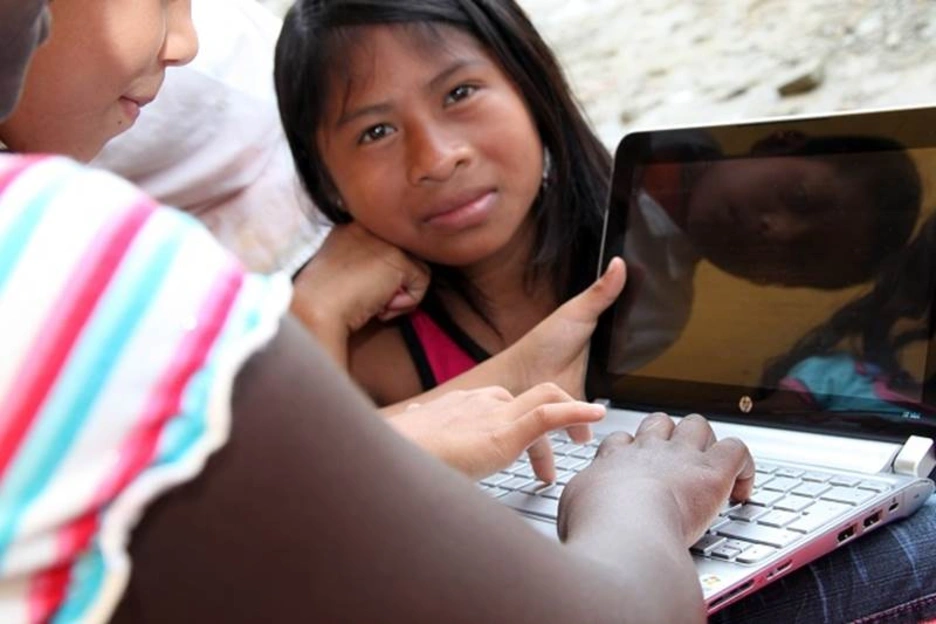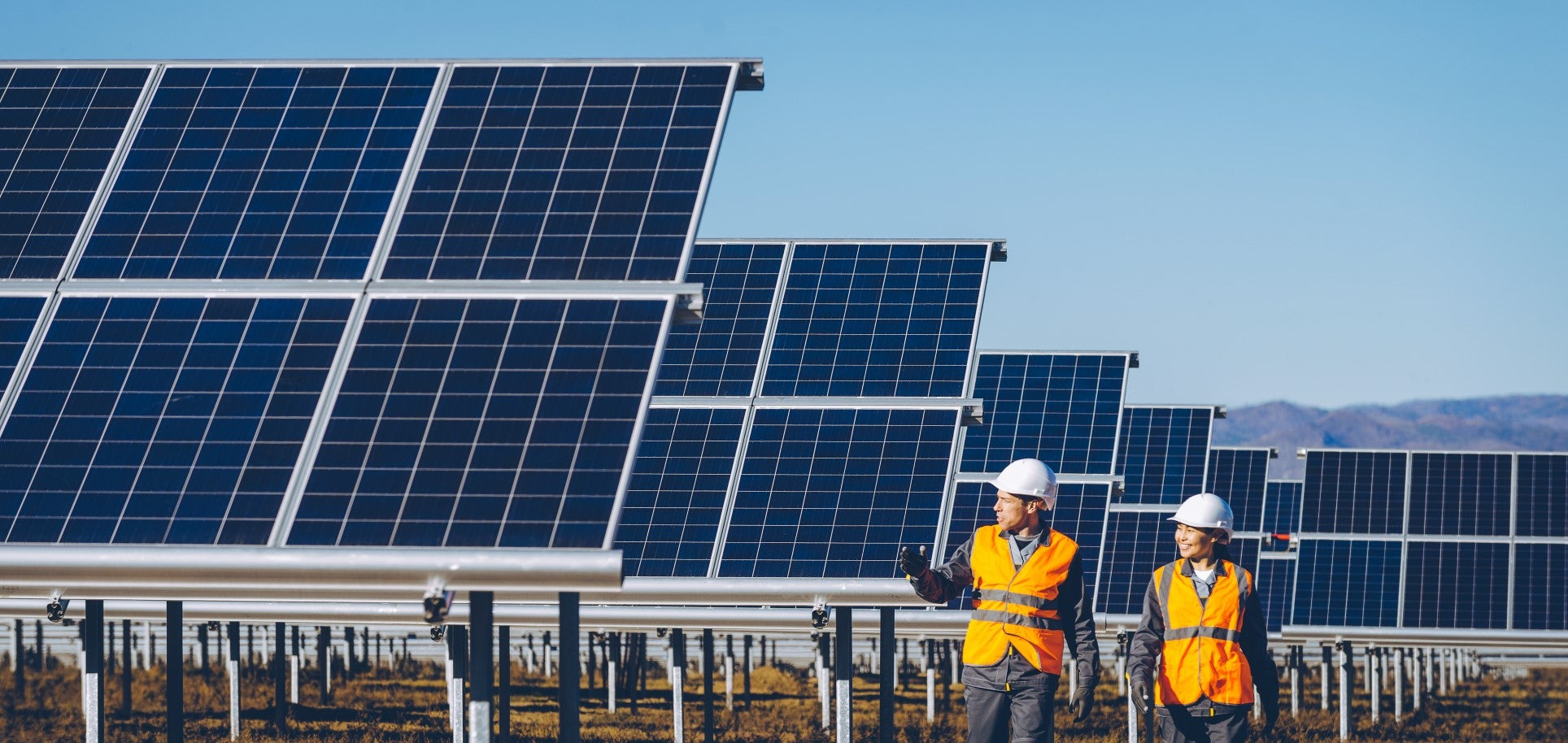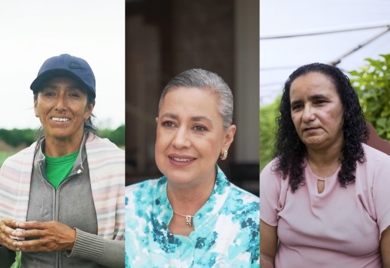Renewable Energy: Approaching the tipping point

 The IDB is partnering with private and public players in the region so that renewable energy becomes an unequivocally economical and environmentally-friendly investment. Thanks to a recent US$250 million dollar commitment from the Government of Canada to create the Canadian Climate Fund, the IDB’s private sector department is fast-tracking money to the region in order to help arrive at the tipping point. The fund is mobilizing private sector investment in cleaner technologies by making certain projects in less advanced countries more viable financially.
The IDB is partnering with private and public players in the region so that renewable energy becomes an unequivocally economical and environmentally-friendly investment. Thanks to a recent US$250 million dollar commitment from the Government of Canada to create the Canadian Climate Fund, the IDB’s private sector department is fast-tracking money to the region in order to help arrive at the tipping point. The fund is mobilizing private sector investment in cleaner technologies by making certain projects in less advanced countries more viable financially.
In 2012, LAC invested approximately US$14 billion in clean energy. While investment is increasing, it is still a small amount of the need in order to meet greenhouse gas emissions reduction goals. Why the financing gap?
High initial capital costs (despite lower long-term operating costs), lack of long-term finance and perceived and real technology, market, regulatory policy, currency and political risks have discouraged investment. Even when financing is available, uncertainty drives up equity and collateral requirements and/or debt risk premiums, making many projects uneconomical.
In order to mobilize the more than US$100 billion per year promised in the Copenhagen Accord, multilaterals and governments can support the private sector to take on these risks. Much has already been done in hydro and wind, for example, but solar and geothermal projects lag behind.
Funds like the Canadian Climate Fund seek to provide incentives in these high growth potential sub-sectors. With support from the fund, project developers and financiers can enter unchartered territories, share the financial weight of up-front costs and experience firsthand the financial and environmental returns reaped from a renewable energy investment. The Canadian Climate Fund, for example, seeks to support direct and indirect clean energy investments of up to US$5 billion, reducing up to 50 million metric tons of greenhouse gas emissions over the fund’s 25-year life.
Taking more risk and offering incentives, I believe, are what market leaders such as the IDB have to do to demonstrate commercial and environmental results. We already mobilized two projects this year. But more capital and a more robust ecosystem, bolstered by government policies and technological advances, are needed for mainstream investors to join and push the region over this tipping point.
Are funds such as the Canadian one enough to make renewable energy scalable and viable to the traditional financier? What more can be done to mobilize capital and lower costs to entry for renewables in the long-term?
LIKE WHAT YOU JUST READ?
Subscribe to our mailing list to stay informed on the latest IDB Invest news, blog posts, upcoming events, and to learn more about specific areas of interest.
Subscribe



